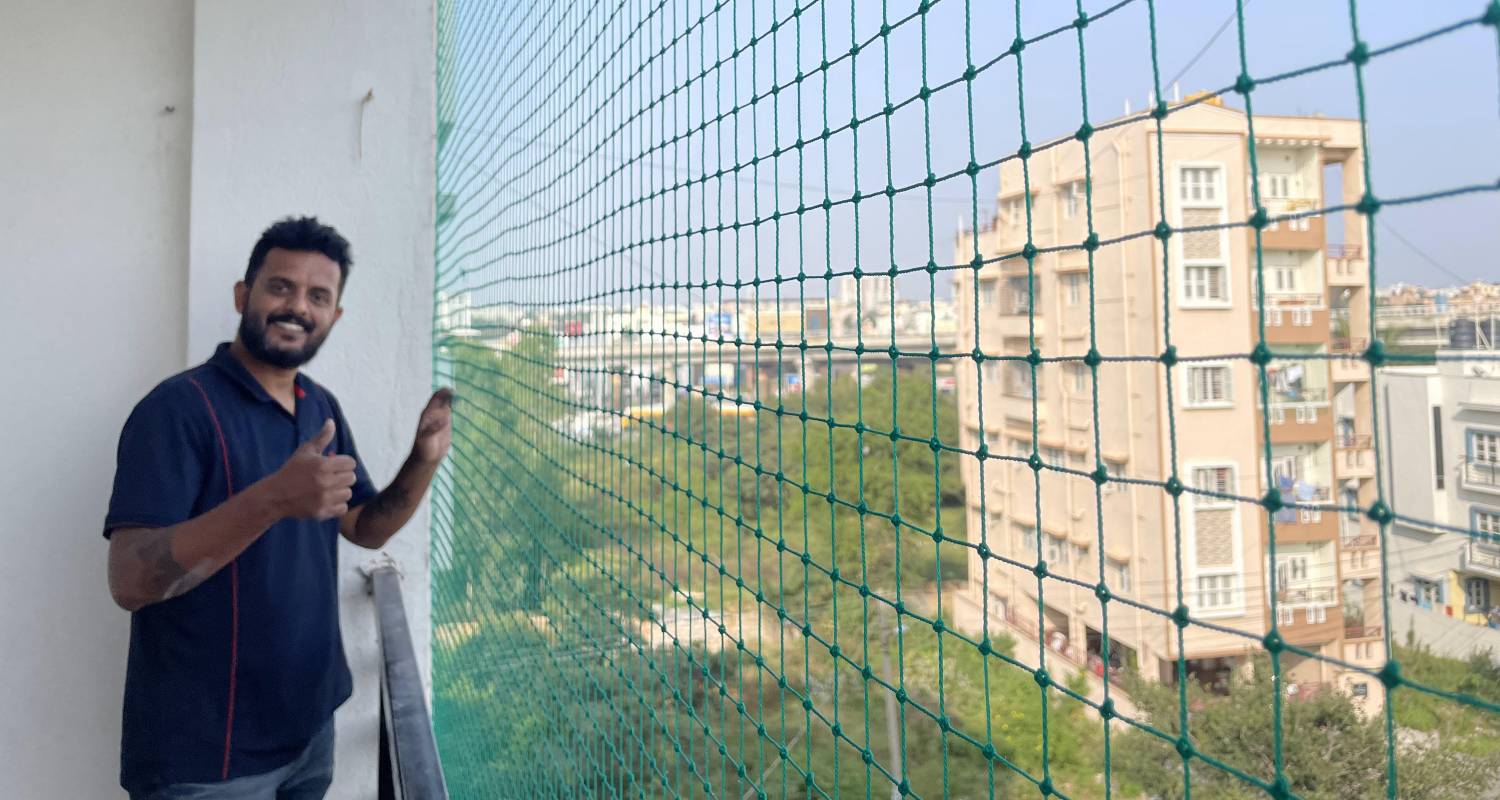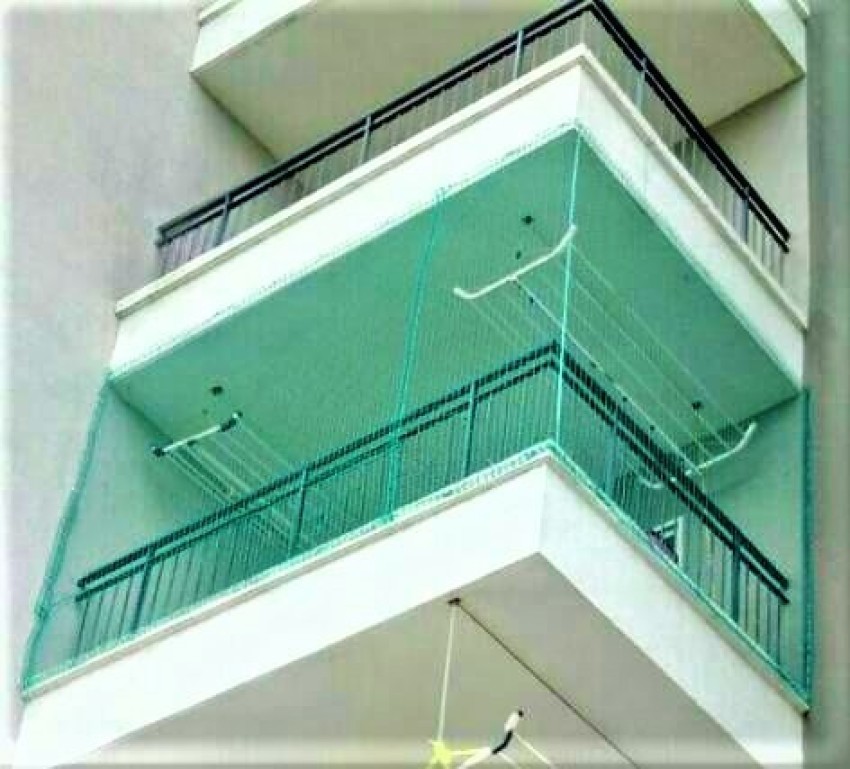Pigeon Nets: An Eco-Friendly Approach to Taking Care Of Pest Birds
Pigeon Nets: An Eco-Friendly Approach to Taking Care Of Pest Birds
Blog Article
Discover Effective Bird Control Solutions to Shield Your Residential Property
As residential or commercial property owners increasingly face obstacles posed by bird problems, uncovering reliable control remedies comes to be vital to guarding both structural honesty and health criteria. While typical techniques like bird netting and spikes offer a degree of security, they may not address the origin causes of problem. Checking out the intricacies of bird habits and applying critical environment alterations can produce more sustainable outcomes.
Understanding Bird Actions
Comprehending bird actions is essential to applying efficient bird control remedies. Birds, as complex animals, show behaviors driven by survival reactions such as nesting, foraging, and mating.
Migratory patterns likewise play a considerable function in bird habits. Furthermore, birds usually show territorial actions, protecting selected nesting sites against perceived hazards, which can lead to aggressive communications with people.
Carrying out bird control options needs a gratitude of these behavior nuances. By examining the specific behaviors and preferences of the bird types concerned, home owners and supervisors can create customized approaches that line up with all-natural behaviors, minimizing the likelihood of these avian visitors creating damage or disturbances. This understanding forms the structure for successful, humane bird monitoring practices.
Physical Deterrents
Physical deterrents offer a useful and effective strategy to bird control by physically obstructing birds from accessing particular locations. This approach functions as a long-lasting option in handling bird populations, reducing damages to residential property, and protecting against carcinogen associated with bird droppings. Numerous physical deterrents are readily available, each tailored to deal with particular bird-related difficulties while guaranteeing very little influence on the surrounding atmosphere.
One typically made use of physical deterrent is bird netting, which creates a barrier stopping birds from nesting or roosting in unwanted areas. This lightweight yet sturdy product can be installed over building facades, yards, and various other at risk locations. Furthermore, bird spikes, another popular service, stop birds from perching on roofings, indications, and ledges. These spikes are created to be unobtrusive, maintaining the aesthetic allure of the home while properly hindering birds.

Furthermore, energized tracks use a more advanced deterrent by providing a mild, non-lethal shock to birds attempting to arrive on safeguarded surface areas. This method is specifically valuable for bigger frameworks where other deterrents may be much less efficient. pigeon nets. By integrating these physical deterrents, homeowner can considerably minimize bird-related problems, safeguarding their properties and advertising a healthier environment
Visual and Audio Scare Methods
Visual and audio scare strategies supply an ingenious approach to bird control by leveraging sensory stimuli to deter birds from often visiting undesired areas. These approaches are created to exploit birds' natural reactions and aversions, developing a setting that really feels harmful or unwelcoming. Aesthetic deterrents may consist of reflective things, such as mirrors or holographic tape, that confuse and puzzle birds as they approach. Additionally, killer decoys, like owl or hawk replicas, can be tactically positioned to imitate the existence of natural adversaries, instilling worry in possible bird intruders.
Sound deterrents make use of noise to develop a disturbing environment for birds. Tools giving off distress telephone calls or killer noises can successfully indicate risk to birds, official source triggering them to abandon the location. These audios can be configured to dip into periods to avoid birds from coming to be familiar with the sound, consequently maintaining their efficacy in time.
Both visual and audio scare techniques are helpful because of their non-lethal nature and capability to cover large locations. Their effectiveness might vary depending on the species of bird and the details atmosphere. Regular evaluation and adaptation of these tactics can boost their success in supplying long-term bird control remedies.

Environment Adjustment
While scare methods can be reliable, habitat alteration provides an extra sustainable approach to bird control by changing the environment to make it much less attractive to birds. This technique involves assessing the certain attributes of your building that may be accidentally inviting bird visitors and then carrying out strategic changes. By addressing components such as food, water, and nesting sites, residential property owners can dramatically decrease the appeal of their properties to birds.
One key element of environment modification is getting rid of food resources. This visit this site right here can be achieved by protecting trash can, quickly tidying up food particles, and removing any type of bird feeders. In addition, guaranteeing that water sources, such as fish ponds or water fountains, are either covered or modified can prevent birds from often visiting the location.
Modifying or removing prospective nesting websites is an additional reliable measure. Trimming trees and bushes can lower the schedule of suitable nesting locations, while installing physical barriers like netting or spikes can avoid birds from roosting on steps and beam of lights.
Specialist Parasite Control Provider

Making use of a series of strategies, these solutions often incorporate physical, chemical, and organic approaches to discourage birds properly. Physical deterrents might consist of mounting internet, spikes, or cable systems to avoid birds from roosting or nesting. In some situations, visual or acoustic repellents could be employed to produce an inhospitable setting for the birds. When essential, experts can use chemical deterrents or avicides, while guaranteeing compliance with local wild animals security policies.
Moreover, expert parasite control solutions stress humane and ecologically liable practices. They are outfitted to manage intricate circumstances that may be past the scope of DIY remedies, guaranteeing that bird control procedures are executed securely and successfully. By leveraging the expertise of qualified specialists, residential property owners can achieve long-lasting outcomes, minimizing damage and preserving the stability of their properties.
Conclusion
Carrying out a critical combination of bird control methods is important for shielding residential properties from avian-related damages and wellness risks. Physical deterrents such as netting and spikes, coupled with visual and audio scare methods, properly lower bird presence. Environment adjustment by securing food resources and taking care of vegetation even more dissuades nesting. Involving specialist pest control services guarantees compliance with wildlife regulations and offers long-term, humane solutions. A comprehensive technique dramatically minimizes bird task, securing property integrity and human wellness.
Understanding bird actions is essential to executing reliable bird control options.Physical deterrents provide a useful and reliable strategy to bird control by physically blocking birds from accessing specific locations.One frequently used physical deterrent is bird netting, which develops a barrier protecting against birds from nesting or roosting in unwanted areas.Aesthetic and audio scare tactics use an innovative technique to bird control by leveraging sensory stimuli to prevent birds from frequenting unwanted locations.While scare strategies can be reliable, habitat adjustment offers an extra sustainable technique to bird control by altering the atmosphere to make it much less attractive to birds.
Report this page